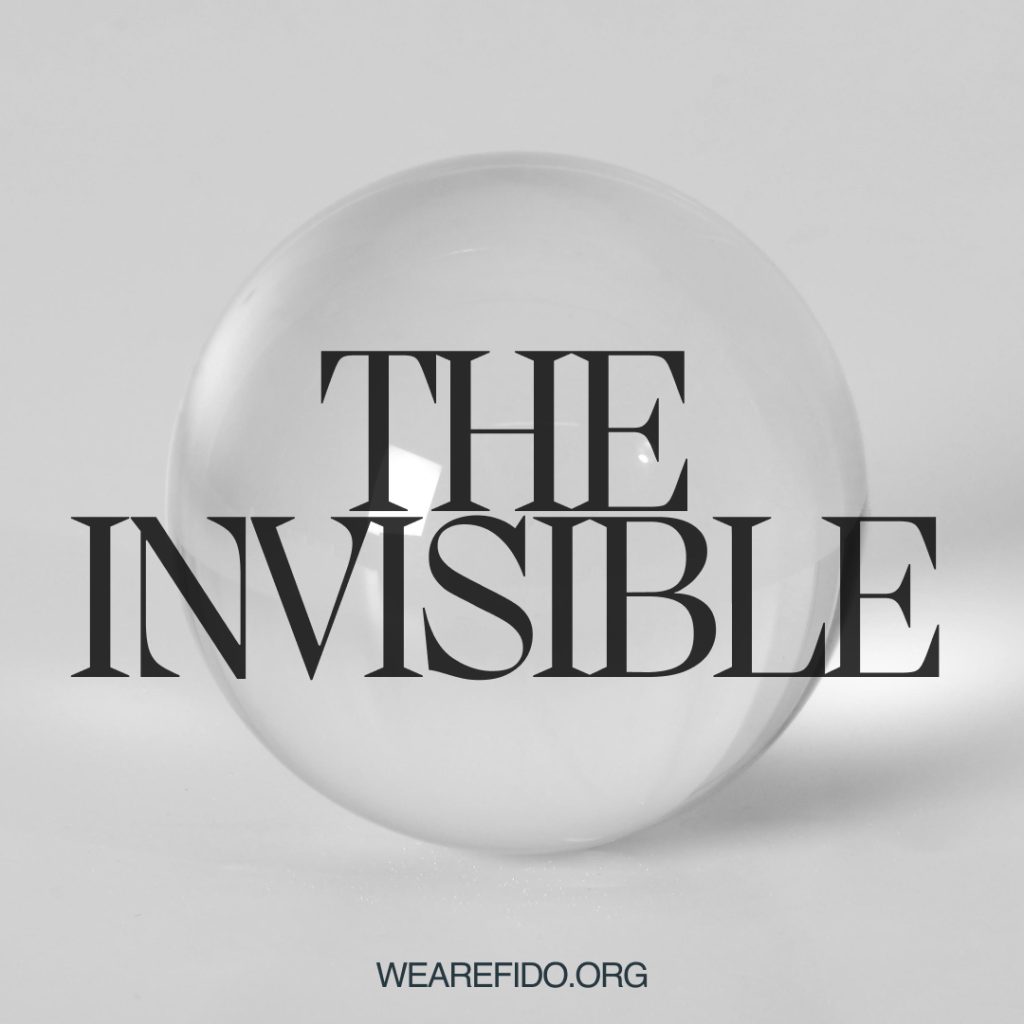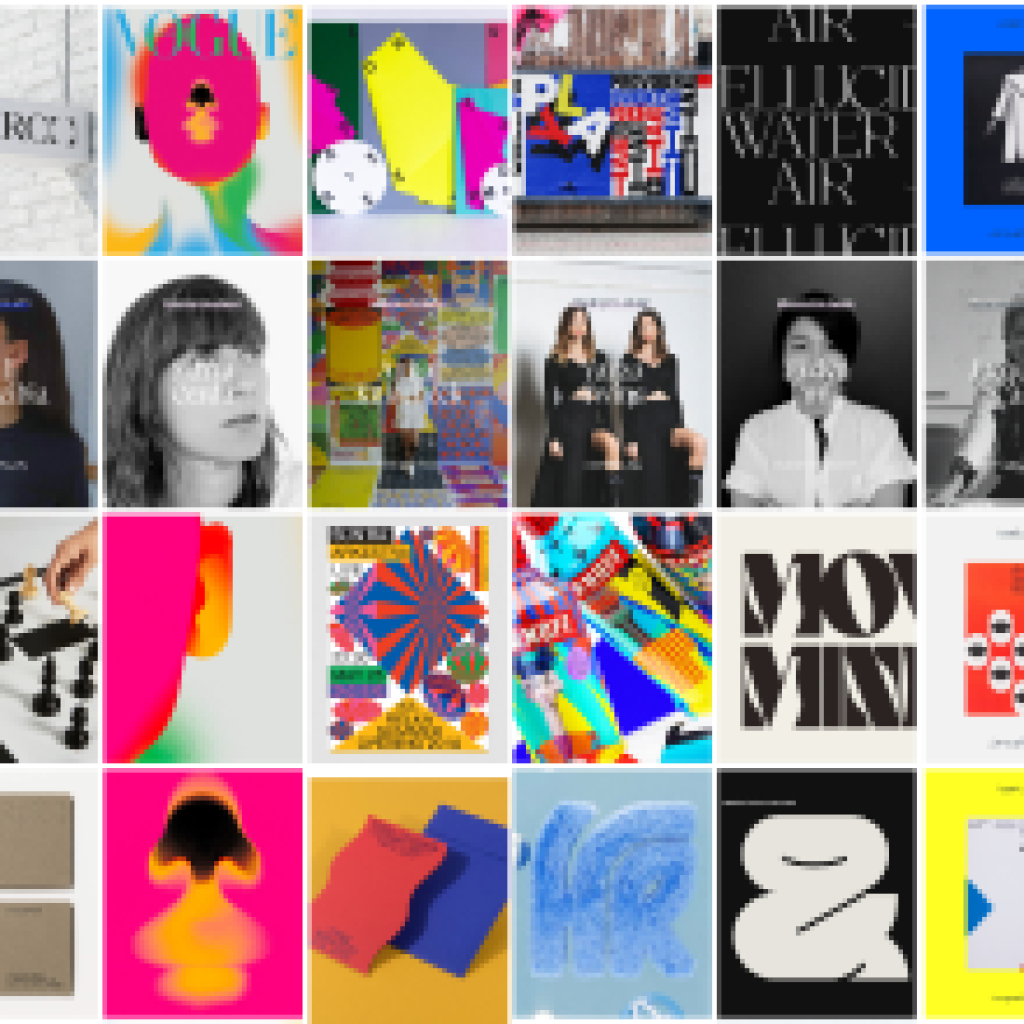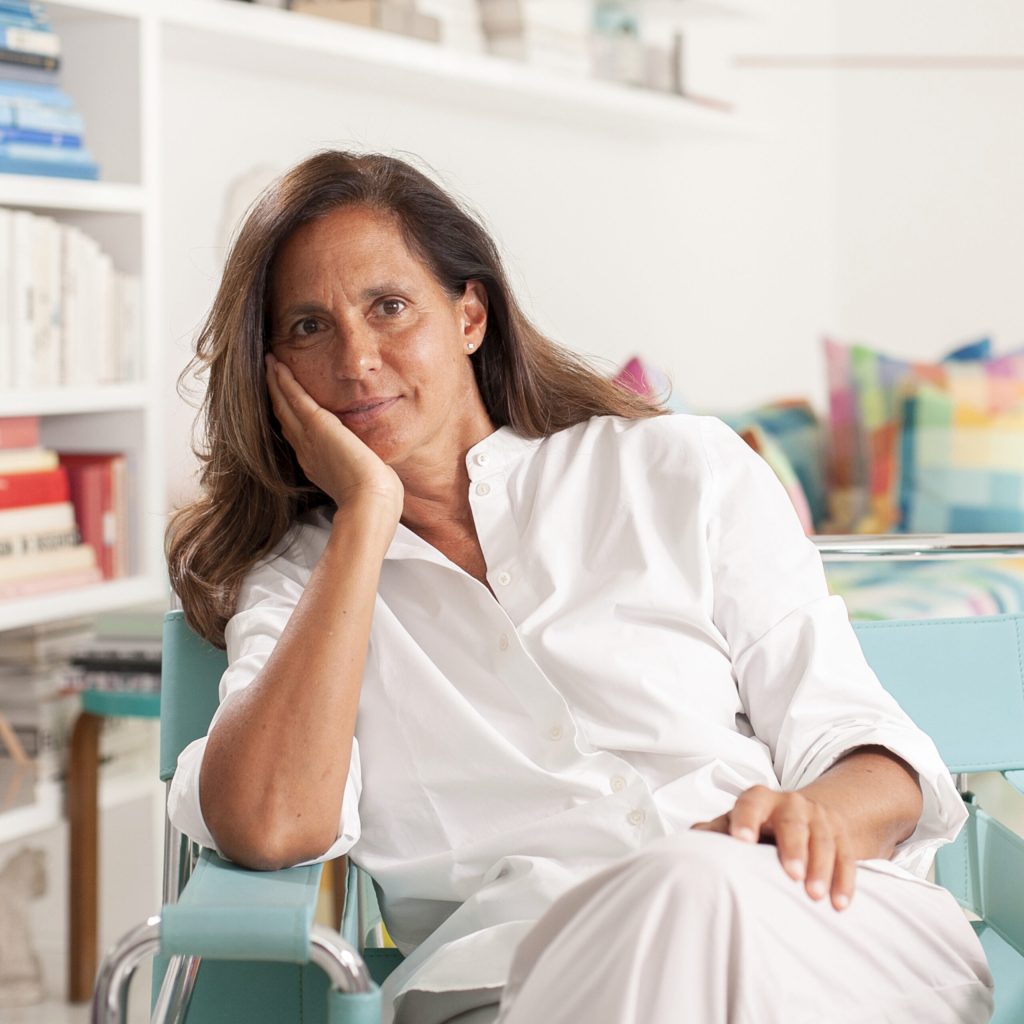
Clara Briones is a freelance graphic designer from Burgos and based in Bilbao (Spain). Her objective is to create unique design styles for each project, brand or client. Mixing colors and analyzing how they interact with each other is what she enjoys the most. Also, trying new tools in her work and getting lost in typography blogs. Her experience has led her to mainly work on visual identity manuals and festivals. She founded together with her partner Vedia Design Studio
A little about your design process…
Fido: What does your process look like?
Clara Vedia: There are always some steps and phases that are the same but I don’t have a very strict format so they change with each project. What is true is that I squeeze out the very first moment (the briefing) so later I can go to the research and analysis phase with as much information as possible.
F: How much do you enjoy this part of your work?
C. V: I am not going to lie. The start of the project is the part I enjoy the least. The “blank page” gives me a bit of panic hahaha. After that initial point, everything ends up coming up very nicely but is only when the project already has a direction when I start really enjoying. I love giving it a shape and for sure choosing the color palette, that’s my favorite part!
“I enjoy not having a routine. Everything is so different and I really love that about my job”

F: Personal projects are part of your design practice?
C. V: My personal projects have been so present alongside my professional path in graphic design. For instance, during first year of university I created a clothing brand and a small serigraphy workshop at my parents place. Thanks to my parents and some friends who joined me in this project, we spent three years producing and selling clothes during the weekends and holidays. It was a very beautiful and teaching experience for me. Still today I am so much in touch with this creative side and since 2019 I have a personal project together with Antton Ugarte (and Hermes Grau some years before): a printed calendar in risography.
Let’s talk business!
F: How simple/difficult has it been to create your own studio?
C.V: Creating my own studio has been something relatively easy and fluid. Since I was studying I was lucky enough to start working on projects like Tribu festival and some restaurants and bars in my city which allowed me to have a solid portfolio before going freelance.
F: What difficulties did you face? Which advantages did you have?
C. V: Few months after launching Vedia Studio COVID hit and with it, some festivals and projects got cancelled. It was a year of little annual billing but I was able to support myself. I have to say that living in Basque Country is a very big advantage for entrepreneurs. There are a lot of economic and formative programs for us and I find that crucial.
F: How do you balance the conflict between the economic aspect and your own requirements on the quality of design?
C. V: In some projects I find inevitable to give in, especially if you are starting or you really feel like doing it. I understand that beginnings can be hard and uncertain and that you need the money. Nevertheless, and for the good of this sector, this should change. I believe is important to notice the amount of work that we do and the hours we invest. I am still learning to find that balance too!
F: How do you deal with your work-life balance?
C.V: I am definitely not the best example because I work way too many hours and I don’t have a specific timetable or routine. But it’s what it works in my case. I enjoy making a break in the mid-day to do some sports, go see my relatives for longer than a weekend and travel around while I am working. I love it because it gives me a feeling of freedom and I know I can only do that because I work “too many hours” as a freelance.
F: Do you work in your own office or share a space? How many people work in your team?
C. V: For the past seven months I have been travelling around the world so my workspaces have been very diverse hahaha. Usually I share space in Bilbao in a little office that we put up with some friends. It is called Pieza Multiestudio and we are five people now.
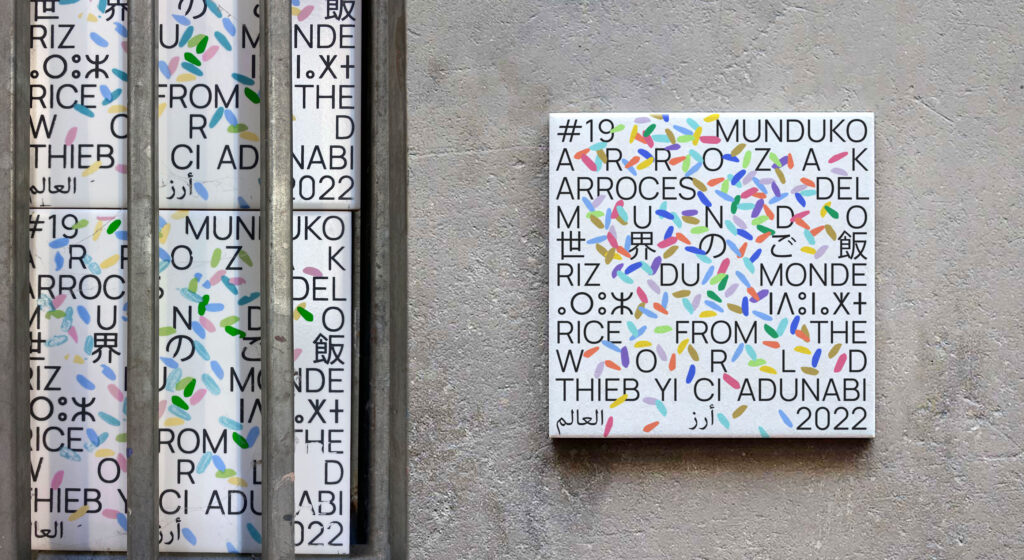
Thoughts about women in the design field
F: Do you think there are special challenges for women in the design field?
C. V: I think that is a sector where a lot of things have happened lately. We have found our spaces. In my opinion, events like Ladies Wine and Design have made an important change regarding the sense of community in Design. They have put in touch a lot of women who would had never be able to contact without these type of initiatives and therefore, raised awareness about our situation in design. I would say that for me 95% of my Top referents are women so my perception is that we are doing something good and that future is encouraging.
F: What do you think about positive discrimination?
C.V : I don’t like the term because it doesn’t discriminate, it rather seeks for inclusion. In feminism they started calling them “anti-discrimination measures” or “positive measures” which I find is the most adequate way to say it. I believe this criterion is still very important. Maybe the day comes when they are not necessary anymore and that would mean that we have reached equality, I really hope so.
F: Do you see a lack of female models in design?
C. V: In university for sure. Men have been the main characters in History of Graphic Design -and in general!- but to be honest, is not like this anymore. Contemporary women graphic designers are incredible: Verónica Fuerte, Jessica Walsh, Marina Veziko, Anna Kulachek, Marta Cerdà, Lina Forsgren, Rebeka Arce, Laura Normand, The Rodina, Noemie Lecoz, Valeria Moreiro… I would never end with the list! Nevertheless, the serious inequality in leading roles is a huge problem. We should put the focus there. Why are there so many women studying graphic design and so few of them ruling studios and agencies?
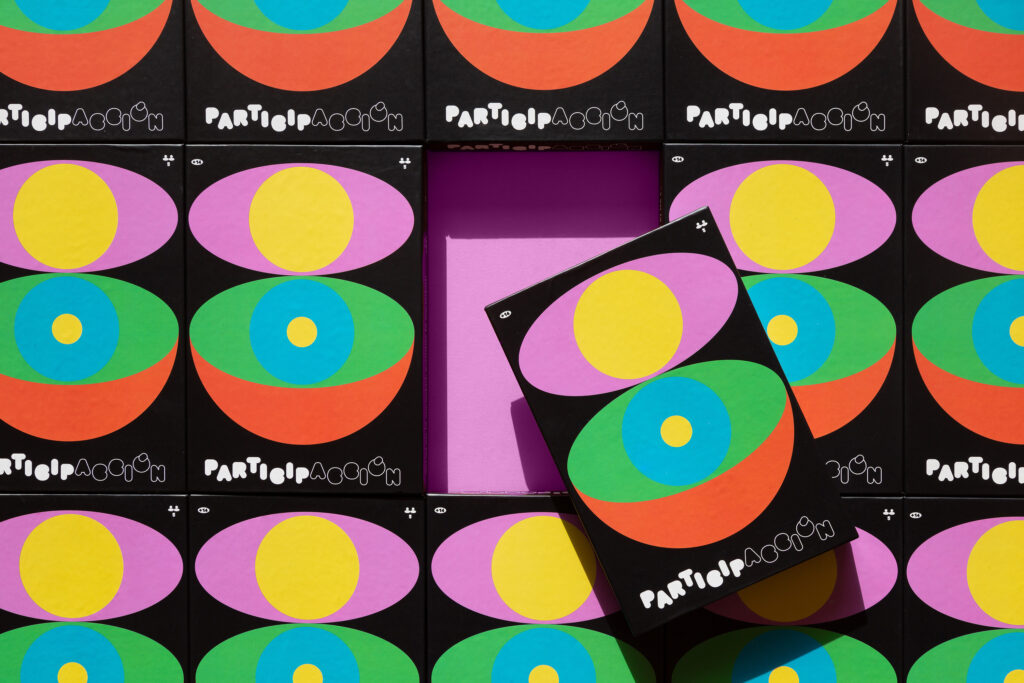
*** All the images are property of ©Clara Vedia, you’ll need her explicit permission to reproduce them 🙂
